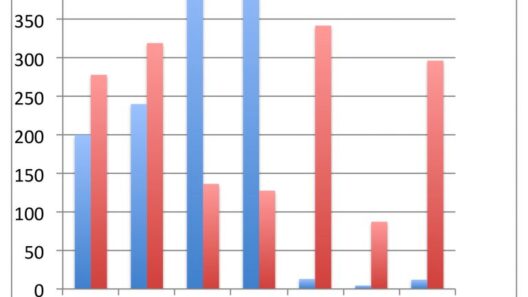In recent years, the importance of cultivating green learning spaces has become increasingly recognized as educators and architects strive to create environments that not only enhance learning but also prioritize the sustainability of our planet. Classrooms are vital hubs of knowledge, and they can play a significant role in mitigating climate change by adopting energy conservation strategies. The fusion of education with environmental consciousness enables students to grasp the importance of sustainability while actively participating in its practice. This discussion aims to explore various methodologies to conserve energy in classrooms and the underlying principles that make these practices essential.
One of the most immediate strategies for energy conservation in classrooms is the adoption of natural lighting. Traditional lighting systems consume a substantial amount of electricity; however, incorporating larger windows, skylights, or light tubes can significantly reduce dependence on artificial illumination. This shift not only diminishes energy consumption but also enhances the learning environment by providing students with exposure to natural elements. Furthermore, studies have indicated that natural light can improve mood and concentration, fostering an atmosphere conducive to learning. As such, educators and architects must be cognizant of the positioning and size of windows during the planning and renovations of classroom spaces.
Another critical aspect of energy conservation lies in the utilization of energy-efficient appliances and technologies. The transition from incandescent bulbs to LED lighting is a prime example. LEDs consume significantly less power and have a longer lifespan compared to traditional bulbs, which translates directly into lower operational costs and reduced waste. HVAC (heating, ventilation, and air conditioning) systems present another opportunity for energy savings. By installing programmable thermostats, classrooms can optimize heating and cooling schedules to coincide with occupancy patterns, thereby minimizing unnecessary energy expenditure. In addition, regular maintenance of these systems ensures they are operating at peak efficiency, further contributing to energy conservation efforts.
Moreover, employing smart technology can transform classrooms into models of energy efficiency. Smart devices, such as occupancy sensors and timers, can automatically control lighting and climate systems based on real-time occupancy and use patterns. This adaptability reduces reliance on manual adjustments, often resulting in energy conservation that exceeds expectations. Additionally, integrating renewable energy sources, such as solar panels, can supply a portion of a classroom’s energy needs. Schools that invest in solar technology can drastically reduce their carbon footprint and serve as educational models, demonstrating young learners the tangible benefits of renewable energy.
Creating an eco-conscious culture within educational institutions is fundamental in engaging students and faculty in energy conservation practices. Awareness campaigns about the significance of energy-saving measures can resonate throughout the school community. Initiatives such as ‘Earth Day’ events encourage students to think critically about their energy consumption behaviors. Simple measures—like promoting the habit of turning off lights when leaving a room or unplugging devices that are not in use—can instill a sense of responsibility regarding energy usage. Enthusiastic involvement generates momentum; students become change agents, advocating for sustainable practices both inside and outside of classroom walls.
However, the architecture of classrooms itself plays a pivotal role in determining energy efficiency. Building orientation is a facet often overlooked in eco-design. Properly positioning a school structure can drastically influence its energy consumption. South-facing classrooms can benefit from passive solar heating during the winter months while naturally cooling during summer when strategic overhangs are included. Utilizing materials with high thermal insulation properties further enhances energy savings, maintaining comfortable temperatures year-round without heavy reliance on heating or cooling systems.
Outdoor learning environments complement indoor classrooms and provide myriad benefits related to energy conservation. Green roofs and living walls can be integrated into the school design, which not only enhances aesthetic appeal but also improves insulation and air quality. Nature-rich surroundings foster biodiversity and provide students with hands-on experiences relating to environmental stewardship, blurring the lines between classroom learning and the natural world.
Furthermore, involving the school community in decision-making processes about energy conservation fosters a sense of ownership and commitment. Parents, educators, and students collectively envision a sustainable future by discussing ideas and feasible solutions. School boards can establish committees that focus on sustainability, allowing for the exploration of grants and funding sources dedicated to green initiatives. These collective efforts not only yield immediate benefits but also ensure students learn the value of collaboration and proactive problem-solving.
In conclusion, implementing energy conservation techniques in classrooms translates into significant environmental benefits and serves as an educational platform for students. By emphasizing natural lighting, embracing energy-efficient technologies, and promoting a culture of sustainability, schools can manifest green learning spaces that nurture an environmentally savvy generation. These measures offer practical solutions to reduce energy consumption while sensitively addressing climate change. As each classroom adapts to sustainable practices, the cumulative impact can set a precedent for future generations, demonstrating that even the simplest actions can lead to profound changes.







